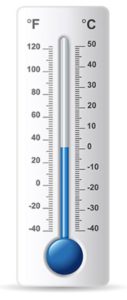
Why beyond readability formulas? Because they are simply a temperature reading of text, one of many diagnostic strategies.
During ACES 2019, the annual conference for The Society for Editing, Samantha Enslen of Dragonfly Editorial presented an informative session about readability. She talked about simple words, shorter sentences, and active voice–all of which are great “adequacy” tips.
It was a great intro to my session, “Beyond Readability Formulas.” In it, we talked about the editor as an advocate of whole text and all readers.
Readability measures how easy a text is to read. It is equivalent to legibility of handwritten text. Beautiful handwriting doesn’t equate with great prose. Easy prose doesn’t equate with great or even clear prose either.
In fact, readability formulas often equate text to what a student in the measured grade level would produce. For instance, the following text gets a 5th grade score. But it is not a particularly coherent, elegant, or even grammatical piece:
“The Virginia opossum is alone. In north America like like kangaroos.
Female opossums have babies. They use a pouch like kangaroos.”
Easy to read? Yes. Easy to understand and well written? Not necessarily…
So, take formulas as you would a temperature reading with a forehead thermometer: a valuable indicator, but one that cannot in itself help you diagnose the whole text.
Whole text requires both “adequacy” and “textuality.” Adequacy is how suitable a text is for its audience and purpose. Textuality is how words and ideas flow together. Text for the general public may include words that are too vague for specialists, for instance. Yet, all texts should weave ideas together with clarity.
Other “symptoms” to look for? Cohesion, flow, and connections. Stay tuned for snippets on each category!
